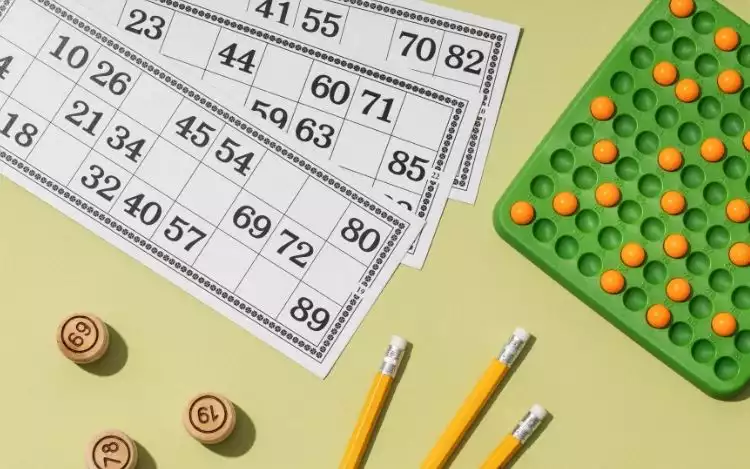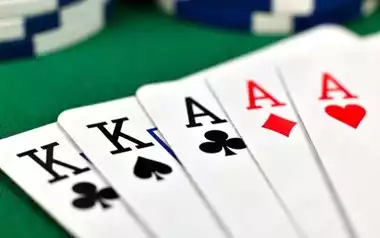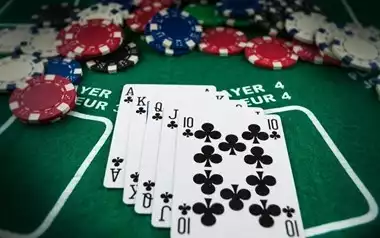Bingo might be a game of chance, but creating your own bingo tickets is all about taking control. Whether you're organising a cosy get-together, a family game night, a school fundraiser, or simply looking to spice up your usual online bingo sessions with a personalised twist, making your own bingo tickets can be a delightful, creative exercise.
While traditional tickets are typically printed en masse by licensed operators, there’s absolutely nothing stopping you from designing your own for non-commercial use. It's easier than you think, and far more customisable. Want themed visuals? Done. Prefer certain number ranges? Easy. Need to print in bulk or just one set? No problem.
In this comprehensive guide, you’ll learn how to create bingo tickets step by step—either by hand or using software—mirroring both the classic 90-ball UK format and other styles popular on online bingo sites. We’ll cover the layout rules, design tips, and tools you can use to make your tickets look and feel as exciting as the real thing. Let’s get your dabbers ready—it’s time to print your own fun.
Our recommended online bingo sites.
Step 1: Choose the Type of Bingo Game You’ll Play
First, determine which version of bingo you want your tickets to match. In the UK, the most popular format is 90-ball bingo, played on a ticket with three rows and nine columns. Each row contains five numbers and four blank spaces, totalling 15 numbers per ticket. This is the style seen across most online bingo sites and community halls alike.
If you're aiming for an American-style game, you'll want to go with the 75-ball format. These tickets feature a 5x5 grid with the word BINGO at the top, one letter per column. The centre square is usually a free space.
Understanding which version you’re playing will determine how your tickets should be laid out and how numbers will be distributed. For the sake of authenticity, we’ll focus on 90-ball tickets for this guide, though the process is adaptable.
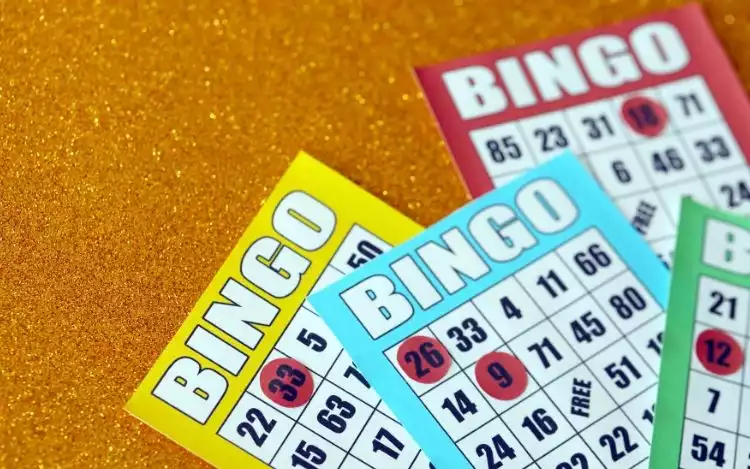
Choose the Type of Bingo Game You’ll Play
Step 2: Understand the Number Distribution
A proper bingo ticket isn’t just a random jumble of numbers—it follows a structured number placement. In the 90-ball format, each of the nine columns corresponds to a specific range:
- Column 1: 1–9
- Column 2: 10–19
- Column 3: 20–29
- Column 4: 30–39
- Column 5: 40–49
- Column 6: 50–59
- Column 7: 60–69
- Column 8: 70–79
- Column 9: 80–90
Each ticket contains 15 numbers placed across three rows, with each row holding five numbers. The remaining spaces are left blank, creating a clear and clean layout. This setup ensures that every number from 1 to 90 is distributed fairly across a full strip of six tickets, which contains all 90 numbers without repetition.
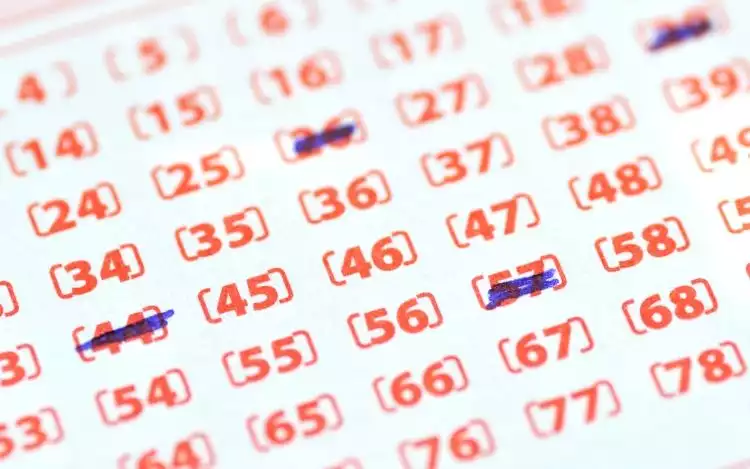
Understand the Number Distribution
Step 3: Create the Ticket Manually (or With Software)
If you're going the old-school route, you can manually draw the grids on paper or use a spreadsheet program like Excel or Google Sheets. Draw a 9x3 grid, then fill five boxes in each row with numbers from the correct column ranges. Make sure not to duplicate numbers within the same ticket.
To automate the process and save time, you can use free online bingo ticket generators. Some allow you to print a full strip of six tickets at once, covering all 90 numbers between them. These are ideal for larger groups, ensuring that each player has a fair shot and the same game structure you'd find on commercial bingo platforms.
You can also use customisable templates found on desktop publishing software or download editable PDF formats. For those feeling especially tech-savvy, designing tickets in Canva or Word can give you complete creative freedom—including colour coding, fonts, and thematic visuals.
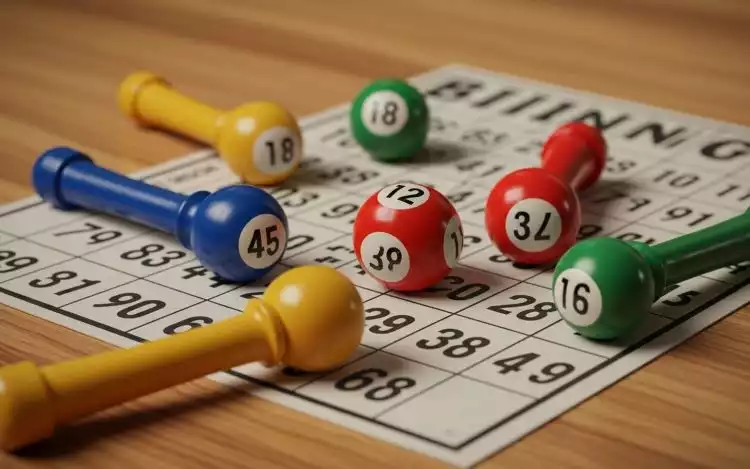
Create the Ticket Manually
Step 4: Print or Share Your Tickets
Once your tickets are designed, it’s time to print. For a home game, basic A4 paper works perfectly fine, though card stock offers a bit more durability. Ensure your printer settings maintain the size and resolution of the grid, so the numbers are easy to read and spaced correctly for daubing.
If your bingo event is virtual, you can email or share the tickets as PDFs for each participant to print or mark digitally. Several PDF readers and devices allow you to interact with the document, meaning players can click or highlight their numbers without needing physical copies.
Some even use PowerPoint to display the numbers virtually while participants mark off on their personalised tickets—a fun hybrid approach marrying tradition with technology.

Print or Share Your Tickets
Step 5: Play Fair and Have Fun
Now that your tickets are ready, you're set for a game of bingo with a uniquely personal flair. Make sure the caller has a complete set of numbers 1–90 and uses a fair method for calling—either physical balls or a digital number generator.
Since you've built your own tickets, the game takes on a special charm—one that blends nostalgia with hands-on creativity. It's a rewarding activity that brings an extra layer of anticipation, especially when the tickets feature personalised elements or themes that resonate with your group.
Whether it's a birthday, a fundraiser, or just a rainy-day challenge, DIY bingo tickets let you shape the experience exactly how you like it.
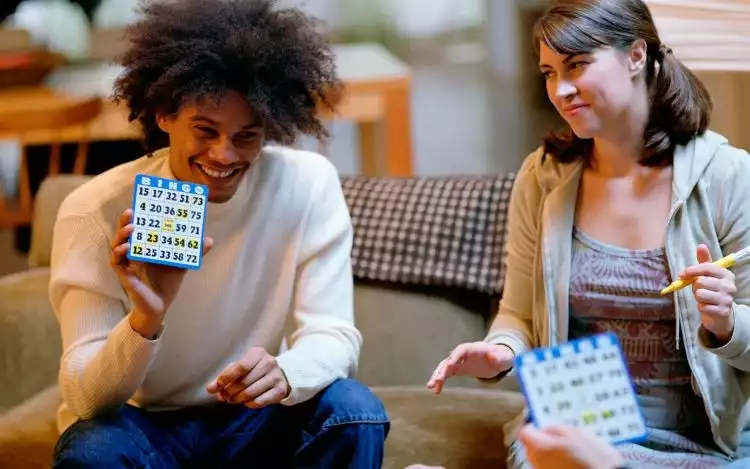
Play Fair and Have Fun
Custom Bingo, Tailored for You
Creating your own bingo tickets might seem like a quirky pastime, but it's one rooted in practicality, nostalgia, and a dose of DIY fun. It brings people together in the way only bingo can—through anticipation, excitement, and the collective joy of yelling "House!" when luck strikes.
With just a bit of knowledge and a few easy tools, you can build professional-looking tickets from scratch—whether you’re mimicking the slick formats seen on online bingo sites or inventing something completely unique. More importantly, it lets you take the game beyond the screen and into your own hands.
So grab your markers, your printer, or your design software of choice, and start spinning those grids. Whether for fun, fundraising, or just an evening of old-fashioned entertainment, homemade bingo is always a winning idea.
For more expert guides, game insights, and tips tailored to the UK’s bingo enthusiasts, be sure to keep visiting Gambling Zone.
